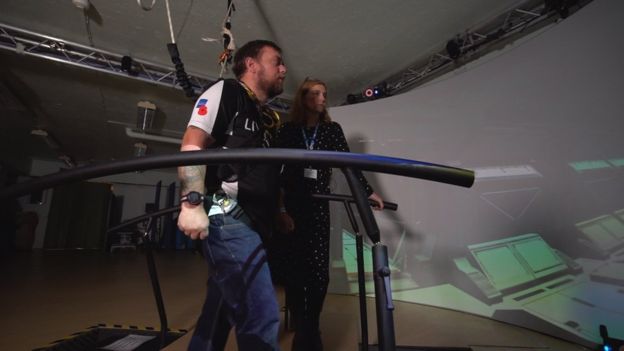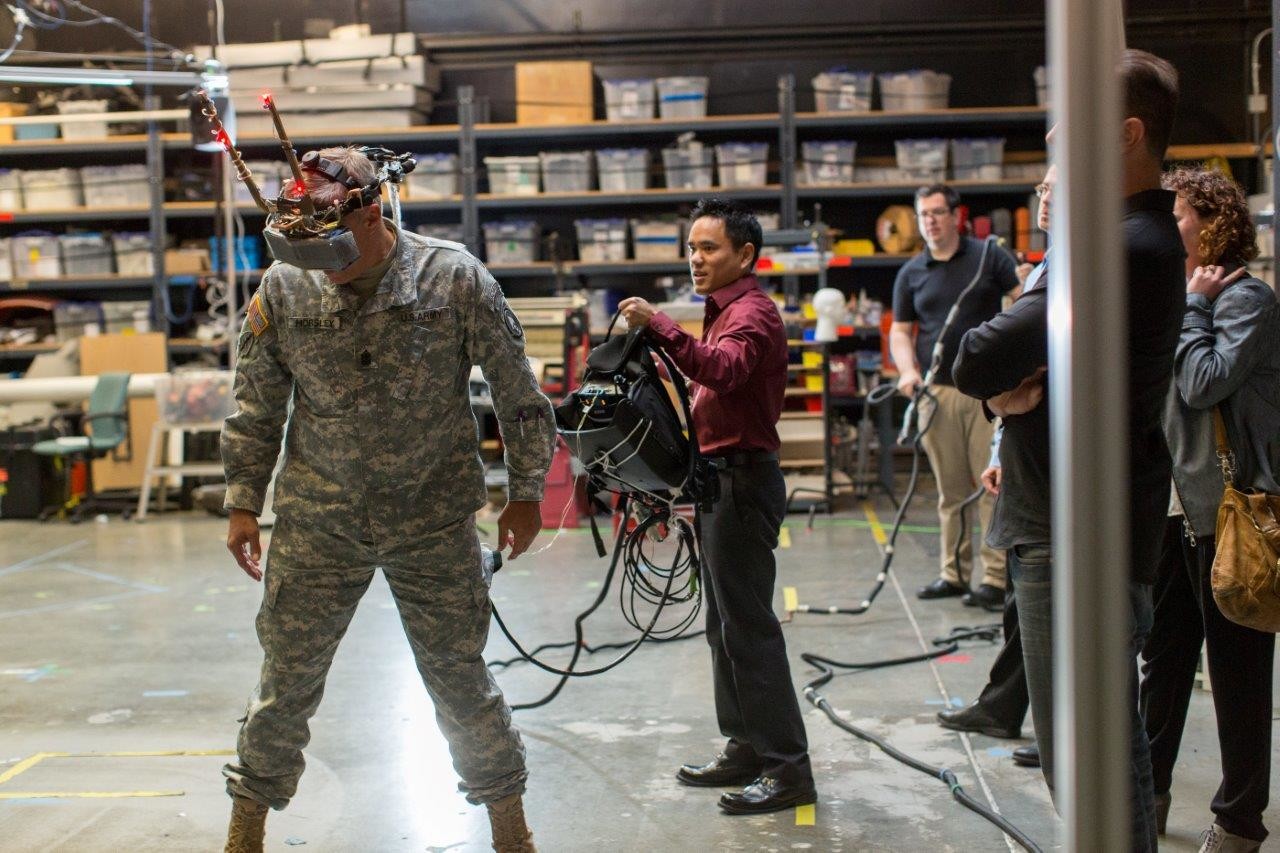Using Virtual Reality to Treat PTSD
Virtual Reality involves immersing the user in a computer-generated environment. By taking over your sight and hearing, VR is able to trick your body into believing that it is present in the virtual world. This makes it an effective tool for exposure therapy.
Exposure therapy is a psychological treatment that was developed to help people confront their fears. When people are fearful of something, they tend to avoid the feared objects, activities or situations. Gradually exposing the patient to the cause on their anxiety e.g. exposing an arachnophobic person to images of spiders and gradually working towards being able to hold a spider in their hand.
The completely safe and controlled environment of the virtual world allows mental health care professionals to expose their patients to a fully immersive world containing the source of their anxiety; all from the safety of a controlled environment.
Virtual Reality to Treat PTSD in War Veterans
Post-traumatic stress disorder (PTSD) is a mental health condition that is triggered when someone experiences or witnesses a distressing event. It can also develop after a prolonged traumatic experience. It is commonly found in soldiers who have experienced military combat.
Matt Neve joined the RAF in 2001 at the age of 16. Two years later, he was deployed to Iraq. His role in the war was as a driver, which left him responsible for helping to pick up wounded soldiers. In a recent interview with the BBC, he said: “When you’re put into an environment like that when you’re seeing guys that have been catastrophically injured, some have been killed, it’s quite difficult to describe.
“You have all these emotions flowing through you – fear, upset, anxiety – and it all hits you in one wave and it took its toll on me constantly seeing that on a daily basis.
After finishing his service, Matt started experiencing flashbacks and night terrors, while also starting to drink heavily. It wasn’t until 12 years later, after speaking to other veterans who suffered from PTSD, that Matt realised the cause of his issues.
He started receiving counselling and cognitive behavioural therapy, which did not make an impact on his condition, known as treatment-resistant PTSD.
Recently, he and 41 other veterans took part in a two-year study by Cardiff University and Cardiff and Vale University Health Board (CVUHB), using virtual reality to try and combat treatment-resistant PTSD. The treatment, known as 3MDR, was led by Prof Jon Bisson from Cardiff University. The trial is the first of its kind in the UK.

Two-thirds of those who took part in the trial saw an average improvement in their symptoms of 37%. There are now plans in place to widen the treatment to other non-military PTSD sufferers.
“It’s very, very hard,” Matt said. “About halfway through the programme, I thought ‘I can’t do this anymore’ because the images are taking you right back there.
“You want to forget about it, but the only way of forgetting about it is by dealing with it.”Although Matt still suffers from night terrors, he said 3MDR has had the “biggest impact” on his life since he started treatment.
Research on US veterans
The US military has also tested this form of therapy to treat PTSD among soldiers who have been mentally affected by combat situations. Patients are virtually transported to the streets of Iraq, with other immersion techniques such as vibrations mimicking distant gunfire and explosions and even smoke smells and dust being introduced to the therapy. Researchers monitor the intensity of the patients’ stress responses via advanced brain imaging and psychophysiological assessment techniques.

The Bravemind research project has been in operation for more than 11 years, with successful results. This virtual reality therapy has helped numerous soldiers sleep without the use of medication and reduced episodes of panic and anxiety.
